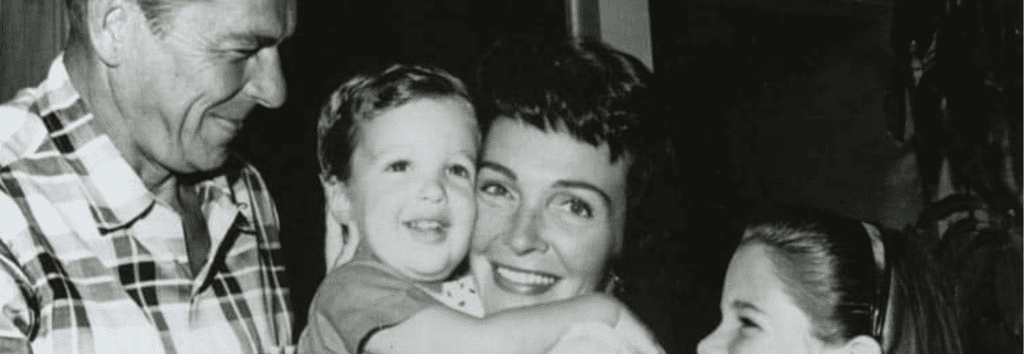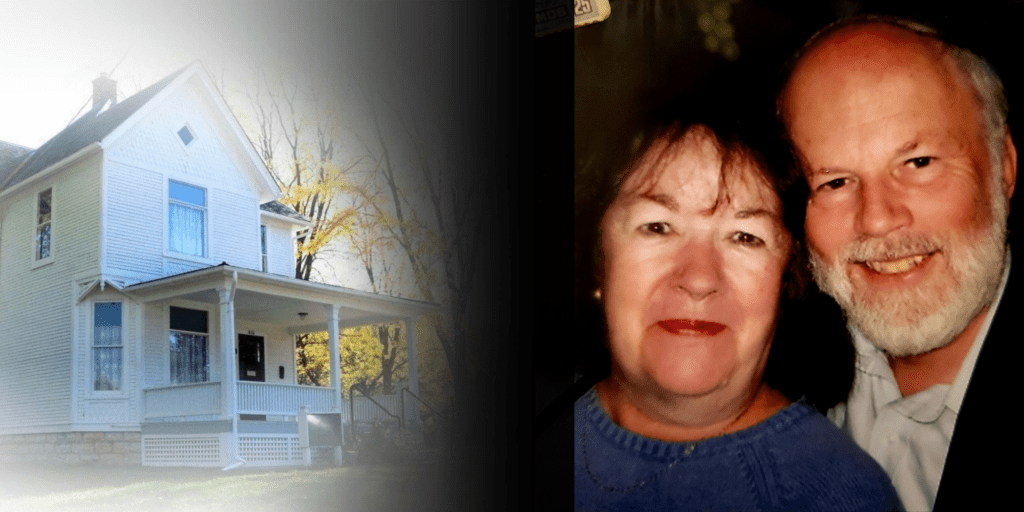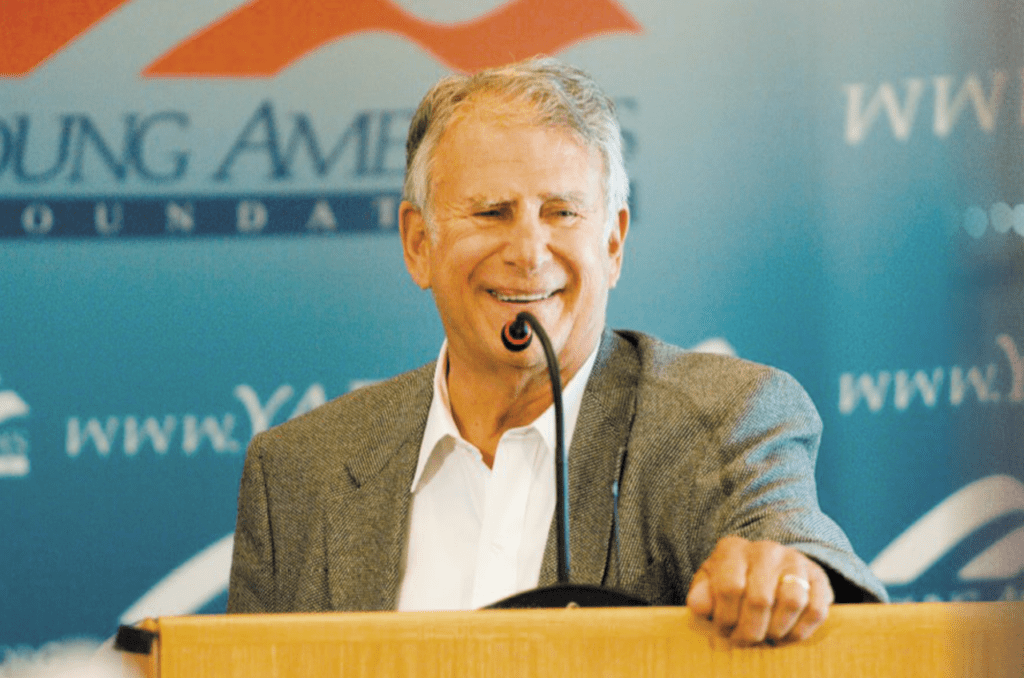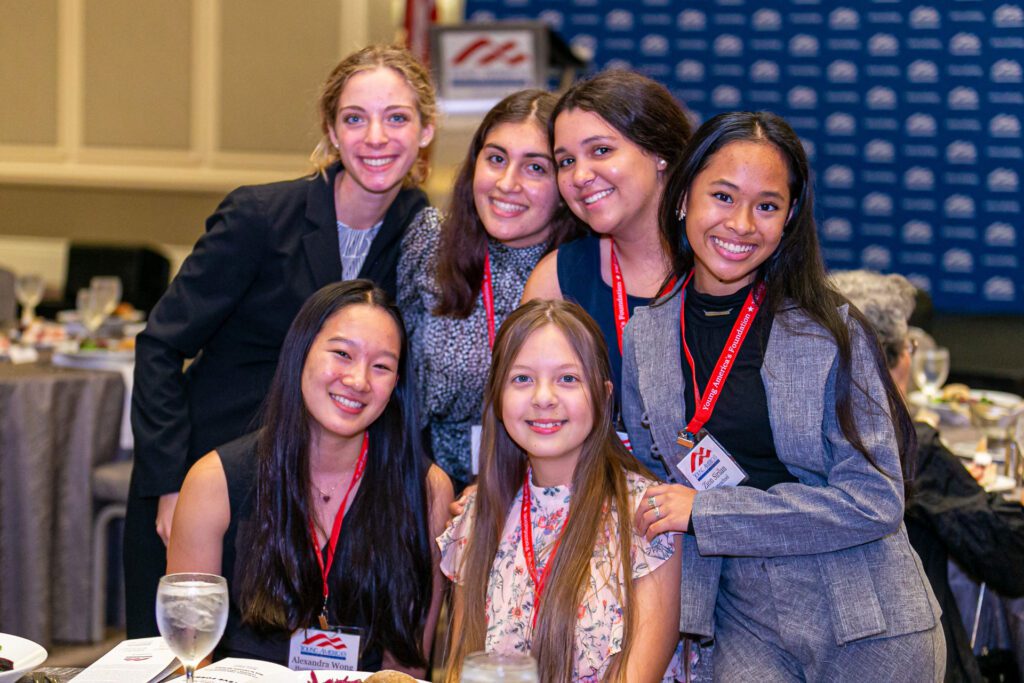Reagan Ranch
Ronald Reagan’s Western White House
There is no better place to understand Reagan’s principles, and his practical, down-to-earth manner, than at Rancho del Cielo, the “Ranch in the Sky.” A much needed counterpoint to the constant buzz of Washington, D.C., Rancho del Cielo conveys the true spirit of Reagan. If you want to understand Ronald Reagan, says former First Lady Nancy Reagan, then go to the Ranch.
Just as Monticello and Mount Vernon convey the distinctive personalities of Thomas Jefferson and George Washington, Rancho del Cielo uniquely communicates much about Ronald Reagan that could not be readily gleaned from other sources. The very essence of his character is found here at the Ranch—his humility, his idealism, his diligence and hard work.
“From the first day we saw it, Rancho del Cielo cast a spell over us. No place before or since has ever given Nancy and me the joy and serenity it does.”
The Reagans purchased the 688-acre ranch in 1974, shortly before Reagan completed his second term as governor of California. The Ranch, overlooking the Santa Ynez Valley and the Pacific Ocean, reflects the endless vistas of freedom and possibility that Reagan considered the fundamental elements of the American experience. At the same time, the Reagans viewed the Ranch as a private retreat—a haven from the frenzy of public life. There, in a setting both rugged and pastoral, they could spend time alone or with family and friends.
Young America’s Foundation stepped forward to save Rancho del Cielo in the spring of 1998 to preserve, protect, and utilize the Ranch as unique and impactful tool to pass on Ronald Reagan’s ideas and lasting accomplishments to future generations. President Reagan committed himself to reaching young people with conservative ideas—a goal that is also central to the Foundation’s mission.
President Ronald Reagan’s Rancho del Cielo was his home of nearly 25 years and the “Western White House” for 8 years. As Regan once said,”No place before or since has ever given Nancy and me the joy and serenity it does.”
Visit Reagan Ranch Center
217 State Street
Santa Barbara, California 93101
Reagan Ranch Center is located in downtown Santa Barbara, roughly 30 miles southeast of the actual ranch.
The Reagan Ranch Center Exhibit Galleries feature original artifacts such as a 5,000 lb. section of the Berlin Wall, Ronald Reagan’s Jeep Scrambler, and the patio table where he signed the largest tax cut in American history in 1981. These artifacts are matched with state-of-the-art interactive exhibits providing access to a treasure trove of photographs, audio clips, and videos highlighting Ronald Reagan’s life and accomplishments. Tours are available free of charge and suitable for the whole family.
Galleries are open to the public on Thursdays and Fridays from 11 a.m. to 4 p.m.
Historic Monument
Provides a memorial to honor and remember Reagan’s principles and legacy.
Student Programs
Allows students to reflect on the endless vistas of freedom and possibilities.
Public Galleries
Highlights the history and accomplishments of Reagan during his time at the ranch.
Freedom Wall: A commemorative wall adorned with inscriptions and quotes, paying tribute to the principles of freedom and liberty cherished by President Reagan.
U.S. Secret Service Command Post: A secure facility serving as the operational hub for the protection of President Reagan during his time at the ranch.
Freedom Lake: A serene and reflective body of water that embodies the spirit of freedom that President Reagan held dear.
Dos Vistas: A lookout point providing a dual perspective of the Reagan Ranch, showcasing its unique landscape from different angles.
Frontier Justice: A reminder of the principles of law and order championed by President Reagan, celebrated through this historical display.
Boot Hill: A memorial site honoring the boots of the Reagan Ranch cowboys and paying tribute to the ranch's Western heritage.
House Vista Overlook: A viewpoint offering a sweeping view of the Reagan Ranch home, nestled amidst the rolling hills.
Grazing Pasture: An expansive pasture where horses and other animals grazed, adding to the charm and authenticity of the Reagan Ranch.
Valley Vista: A panoramic vista that showcases the stunning beauty of the surrounding valleys and mountains.
Heart Rock: A natural rock formation with a heart-shaped crevice, considered a special symbol of love and devotion.
Helipad: The landing area for helicopters, symbolizing the president's connection to the wider world during his time at the ranch.
Psalm 121 Overlook: A scenic viewpoint named after President Reagan's favorite Psalm, providing a place for reflection and contemplation.
Ranch Caretaker Home: The residence of the dedicated individuals who maintain and preserve the Reagan Ranch.
Guardian Point: A lookout point offering breathtaking views and a sense of protection over the Reagan Ranch.
Tack Barn: A rustic barn housing equipment and supplies for horseback riding adventures on the ranch.
Hay Barn: An authentic barn that showcases the ranch's agricultural heritage and serves as a gathering place for events and activities.
Lake Lucky: A serene and picturesque lake offering a tranquil retreat within the Reagan Ranch.
Pennsylvania Avenue: A scenic pathway lined with trees, reminiscent of the iconic street where President Reagan's journey began.
Gateway to Freedom: A symbolic entryway commemorating President Reagan's commitment to liberty and freedom.
Outside the Ranch Home: Explore the beautiful surroundings of the Reagan Ranch, where the president found solace and inspiration.
featured news
Article

July 19, 2023
The New Guard
California’s Reparations Committee Owes the Reagan Family an Apology
Article

July 19, 2023
The New Guard
Patricia A. Pearson Internship to Support Next Generation of Ronald Reagan Boyhood Home Stewards
Article


